-
Posts
359 -
Joined
-
Last visited
Content Type
Profiles
Forums
Blogs
Gallery
Events
Store
Posts posted by Utgardloki
-
-
I think it can be compared to the english "Esquire"
1 -
Ah, yes now it's obvious...
0 -
Wonderful group indeed, I hope it gets preserved as a group for another 100 years and more.
Here a rough translation of the back:
Geschrieben 30. März 1966 Richard Schöner
Auch wenn Orden- u. Ehrenzeichen in den Augen
vieler Menschen - insbesondere solcher, die es zu keinen
gebracht haben - nichts bedeuten, wäre es ein arm-
seliges Zeugnis solchen Familienbesitz nicht in Ehren
hochzuhalten. Man denke dabei an die schwarzen
Kriegszeiten, in denen sie verliehen wurden!
Obere Reihe: Hauptmann d. R. Richard Schöner 1914/18
das silberne Verwundeten Abzeichen u. 3 weitere Orden fehlen in der (?)
untere Reihe: Major d. R. Ludwig Michael Schöner 1914/18written on March 30th 1966 Richard Schöner
Although ODMs mean nothing in the eyes of many people - especially
to those, who did not get any - it would be a poor testimony to not hold such
family possessions in high honour. One should think of the dark times
of war in which they were awarded!
Upper row: Hauptmann d. R. Richard Schöner 1914/18
the silver wounded badge and 3 other orders are missing in the (frame?)
lower row: Major d. R. Ludwig Michael Schöner 1914/18
0 -
Hard to read; I have:
Seestellung ...
Blick auf das Leichenfeld (Seesoldaten) vom
Sturmangriff am 9. Mai 1915
0 -
Thank You for explaining in such detail this very confusing topic.
I have some issues of "Die Tradition", but not this one. It's an outstanding photo, having all those Musikmeisters together, with their very special uniforms.
Here is a picture of the late Giltsch:
Seems like they also didn't know about the different Stabshoboist/hornist/trompeter in this little biography, where he is called Stabshoboist

 1
1 -
What makes this photo also special is that he is wearing the crown order with the red eagle order "Emailleband" (enameled ribbon)
0 -
Well described, that convinced me. Indeed the bands hanging out of the Bulgarian crown seem to support the illusion. Thanks!
1 -
On 11/03/2021 at 15:59, Claudius said:
When I was looking at number 8, it looked like there is something above the cross. I couldn't make it out very well.
I see that too. Looks like there is something above the Austrian MVK3
0 -
On 01/03/2021 at 10:18, Chris Boonzaier said:
I had that on my watchlist and forgot about it
Happens to me at least once a week...
0 -
Thanks al lot for your kind comments!
13 hours ago, Trooper_D said:However, it raises a new question, does it not? Why should members of the Nazarenes - a Christian sect - be prevented from being awarded the Karl-Truppenkreuz?
According to the entry in Meyers Konversationslexikon(1905) they discarded the wearing of weapons and only accepted the military-service when being forced.
I guess they might have been sort of a source of unrest within the armed forces, why some generals/officers or other deciding authorities might have disliked them. Or they just were discriminated because of their beliefs. But all that is pure speculation. The book cited in the article "Der Nazarenismus" by Szeberényi might give answers.
But apart from that, I wouldn't understand why a member of this group, when being a soldier like every other one, fulfilling all the rules, shouldn't get the cross.
0 -
8 hours ago, Christian1962 said:
You are right assuming that "Nazarener" are not jews but a christian sect/renewal movement as cited from Meyers Konversationslexikon.
Thanks for confirming,
if someone is able to contact the author from the text on the OMSA-Website, would be great (i don't have an account there, if no one does I maybe create one)8 hours ago, Christian1962 said:A new point: please don´t forget the the k.u.k. army was very tolerant of many religious communities . So there existed an own corps of Jewish military rabbis (look at the pic below which is from "Schematismus für das k.u.k. Heer 1910, pg. 1235 and Rangliste 1918). During WW1 this corps was extended to 77 rabbis in 1918. Why should they have excluded Jews from the bestowing of the Karl-Troop-Cross...
That is also why I couldn't believe this was actually true, it would definitely have been a great surprise to me. (and I would have felt deeply ashamed for the authorities.)
0 -
Update:
Maybe those people are meant:
(Meyers Konversationslexikon 1905)
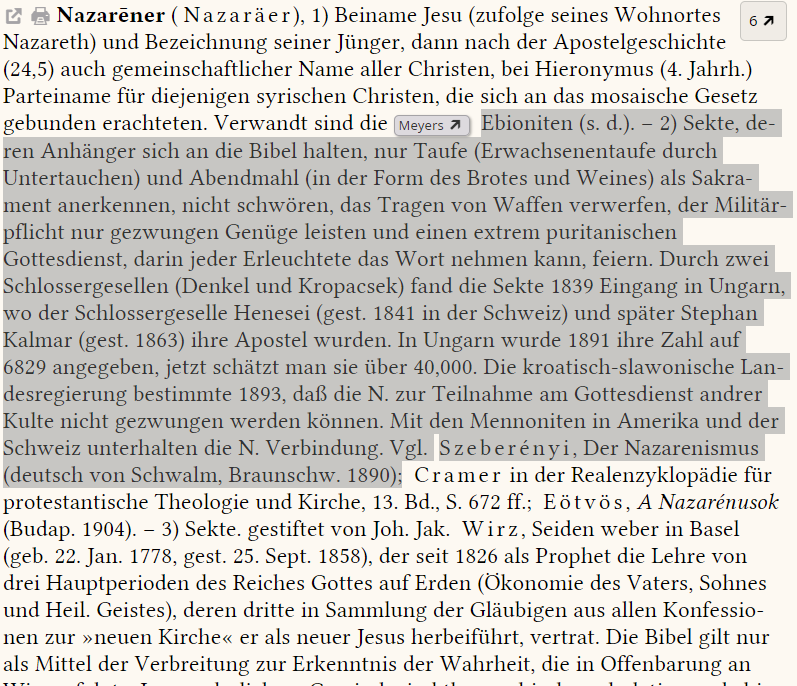
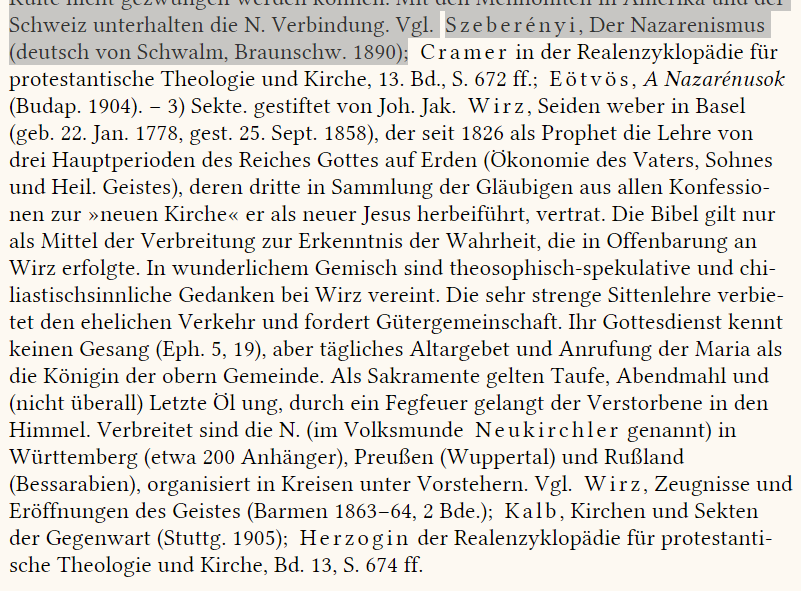 0
0 -
Regarding the troop cross discussion. If you look into the "Verordnungsblatt für das k. u. k. Heer / Normalverordnungen / 25. Stück / 6. Juli 1918 S. 129ff"
you find the "Statuten und Durchführungsbestimmungen für das [...] Karl-Truppen-Kreuz"
https://alex.onb.ac.at/cgi-content/alex-day?aid=kkh&datum=19180706&seite=5&zoom=33
There you find on page 6 "Ad §3 Punkt 1."
"8. Anspruch auf das Karl-Truppenkreuz haben:"
and then under the letter n) (on page 8)
"n) An Nazarener darf das Karl-Truppen-Kreuz nicht verliehen werden"
(That's the sentence the author of the OMSA-Text cites)
I am actually not sure if Jews are meant with this word - maybe one of you can help here
Beside that, I found the article "Das österreichische Karl-Truppen-Kreuz " in the "Orden und Ehrenzeichen" magazine number 51 from 2007 by Walter A. Schwarz. There he lists all the Verordnungsblätter regarding the cross. I couldn't find the ones like "BH Nr. 45/1917/Z. 639/S. 472" with the signature "BH" at the Austrian national library. What does "BH" mean?
0 -
Well, yes, i have to admit something like "1. Komp" or just "1. K" would definitely make more sense. That it is the cross 1st class shouldn't be that hard to remember.
0 -
It could be "F. Richter, 1. Klasse", but that's pure speculation
0 -
Looking through the list again, I think that George IV was the only non-catholic ever to become a member of the Austrian branch. Definitely an interesting topic to dig into, if not someone already has.
0 -
8 hours ago, tifes said:
No, it´s OK. War of the Spanish Succession (1701-1711) led to the division of the Order. There are 2 branches till today, Spanish and Austrian. First non-Catholic (Protestant) admission to the Spanish branch was Duke of Wellington (as an appreciation of his liberation of Spain but still it required the consent of the pope then). Consequently it took "more liberty" (Protestant, Orthodox) and it ended up by the admission of non-Christian knight to the Order (King of Thailand). Austrian branch remains strictly Catholic.
Best,
t.
Thanks for your answer. I know about the division of the order and that lot's of non-catholics got the spanish one (including Kaiser Wilhelm II, who always wore his spanish one like it was the austrian one ?)
But George IV is in the austrian(!) list of recipients (the one on Wikipedia)
https://de.wikipedia.org/wiki/Liste_der_Ritter_des_Ordens_vom_Goldenen_Vlies#19._Jahrhundert_2
0 -
On 17/02/2021 at 07:17, Christian1962 said:
just with one exception: the Order of the Fleece which was a House Order of the Habsburg Dynasty.
That leads me to a question, I recently asked myself. I always thought only catholics can be part of the order. But looking through the list of recipients, there is King George IV of Great Britain (number 880). Was there any rule I don't know of?
0 -
What do you think about ebay-sellers, who sell single pages out of albums, or even worse, cut it into pieces like this one.
0 -
Interesting... one can see he simplified the "r", but ornamented the one at the end of his name, which makes is look like a "d"; the U-Haken was unfortunately connected here with its "u", making it look like a "r" and the only difference of "s" and "ß" in his handwriting is, that he starts the next letter with a downstroke, when he means "ß" and the "I" and "J" looks identical in his handwriting.
0 -
maybe Schüslbrand ?
0 -
Here he is wearing the full size star
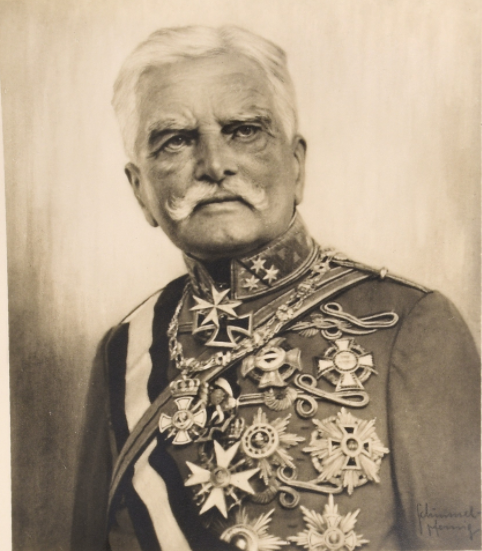 1
1 -
4 hours ago, Deutschritter said:
What ties did he have to the Leib-Grenadier-Regiment „König Friedrich Wilhelm III.“ (1. Brandenburgisches) Nr. 8?
Looking at it again I have to to admit its not Grenadier-Regiment Nr. 8, but Grenadier-Regiment „König Friedrich Wilhelm IV.“ (1. Pommersches) Nr. 2; sorry for that. Do You find a connection to this regiment? The litzen of both regiments look similiar.
Regarding foreign awards I can add to laurentius, that it was also common practice that, when foreign persons got an award, they got one class higher, than if it was a local person. That's why there are so many pictures with people having a foreign neck decoration, but no local one.
And comparing Wilhelm II with Tsar Ferdinand... hm... Wilhelm did always were his orders according to all the rules, while there are pictures of Ferdinand, where he's wearing so many collars, one could hardly see his uniform under it.
1 -
12 hours ago, Deutschritter said:
Bernd, are you sure that is Curt von Morgen? I'm an amateur, but this uniform does not look German?!?
He's wearing the uniform of the Leib-Grenadier-Regiment „König Friedrich Wilhelm III.“ (1. Brandenburgisches) Nr. 8. Over some time Kaiser Wilhelm II reissued lots of the old Frederician embroideries, that were put around buttons, for the collars of different uniforms
Things like these from the old coats

The most well known is of course the one that was granted the generals uniform:
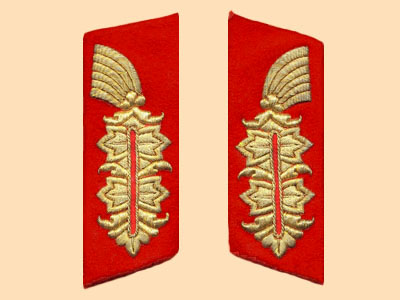
The variety of German imperial uniforms (the whole variety of German militaria) is just enormous, which makes collecting and researching so much fun.
1



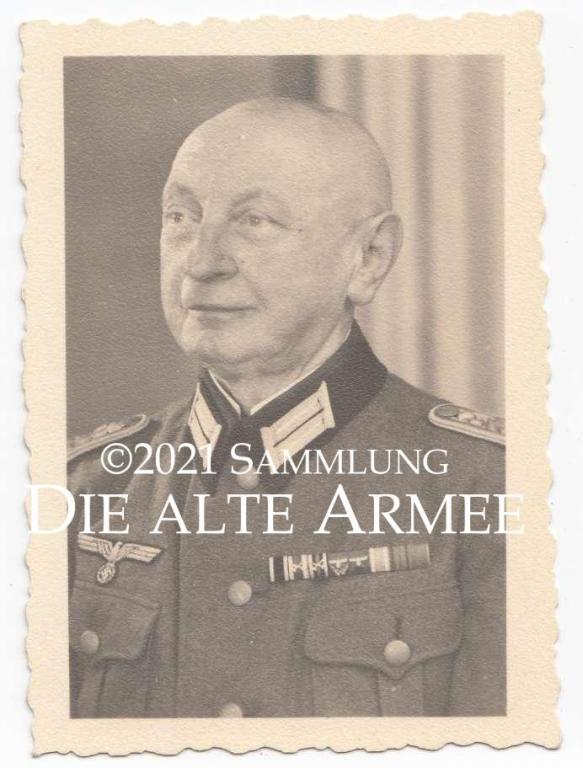
Order of the Golden Fleece
in Austro-Hungarian Empire
Posted
The fleece looks surprisingly similiar to the one of the Duke of Württemberg i posted above.